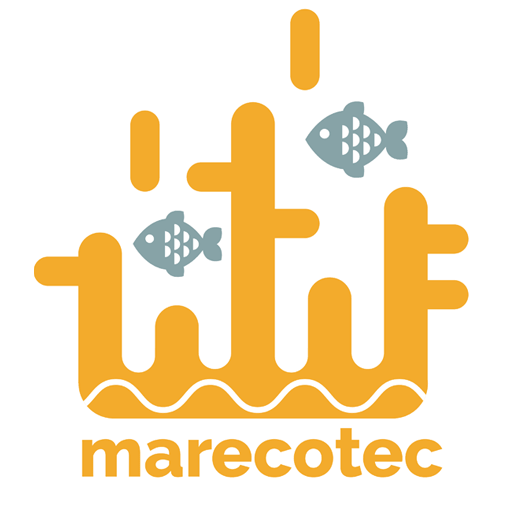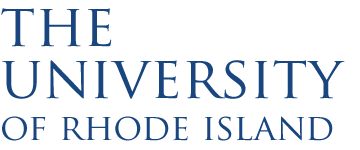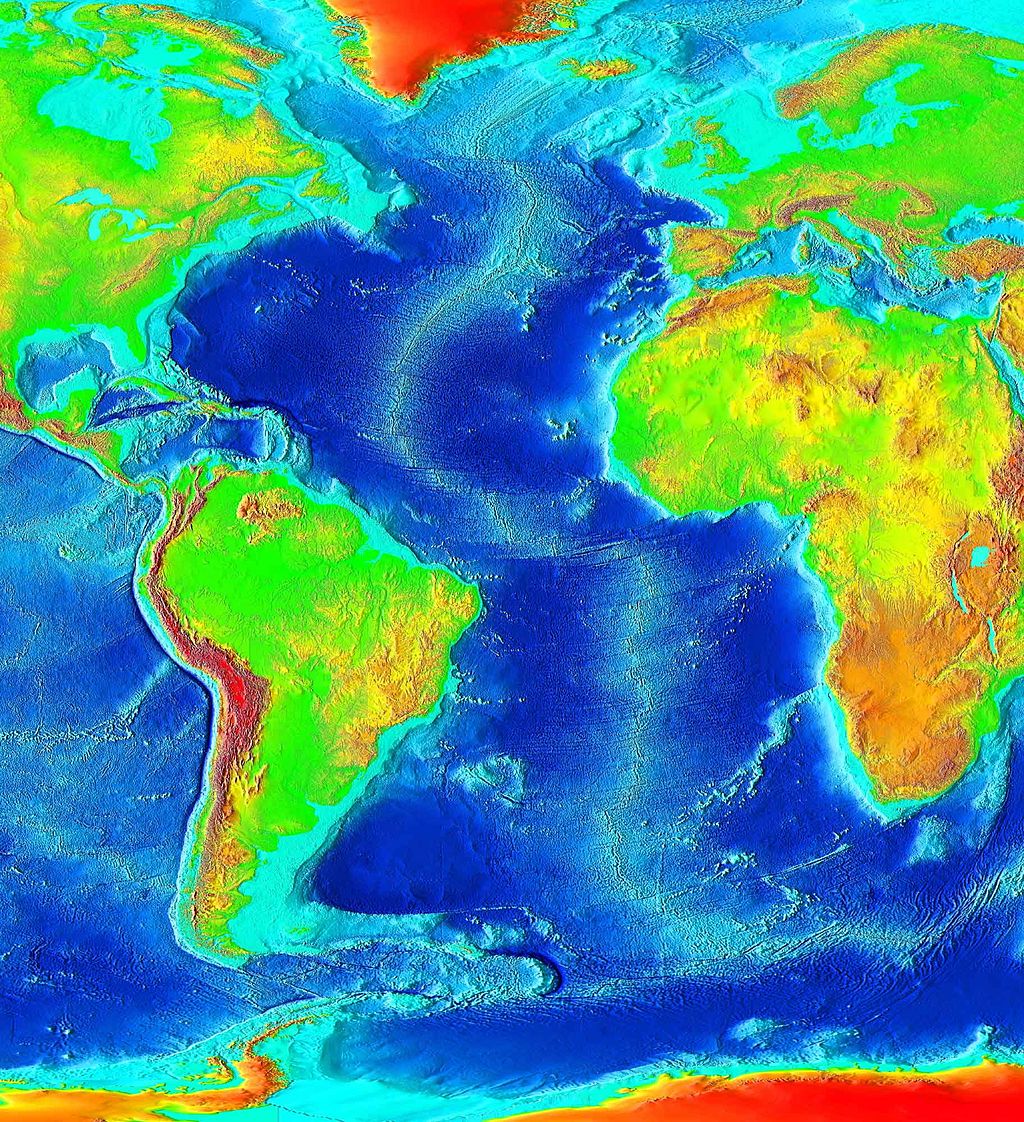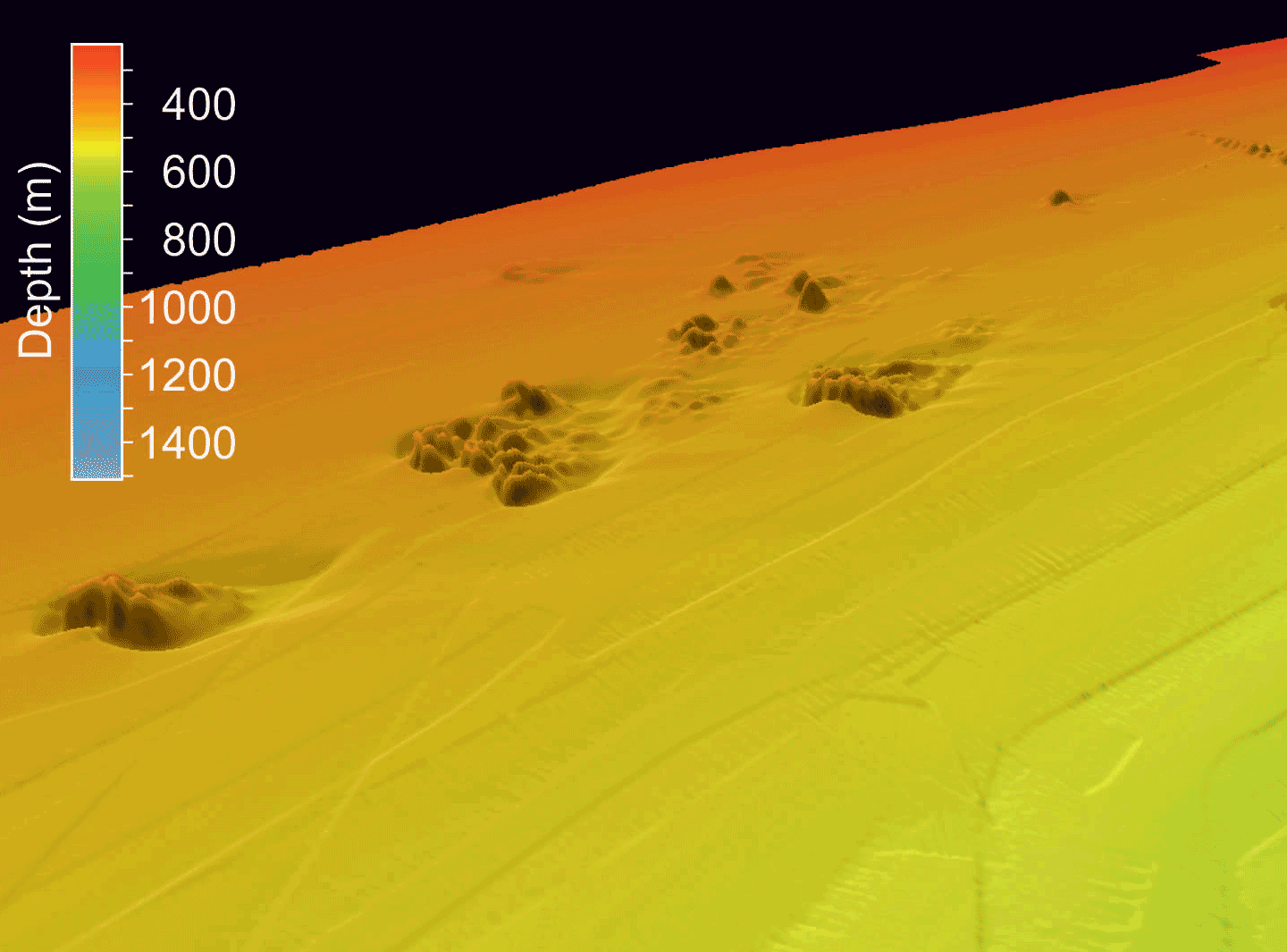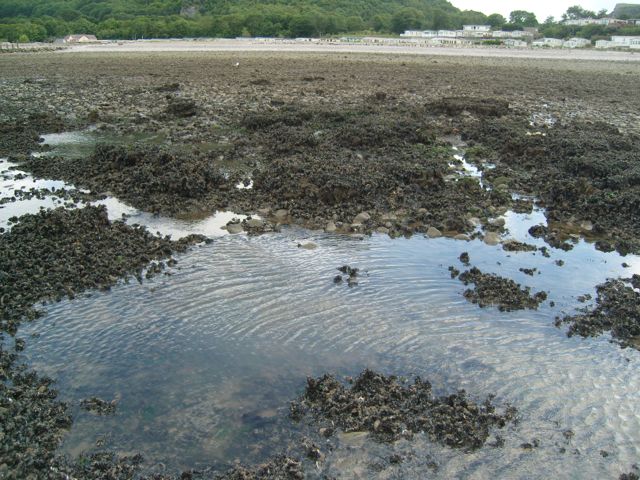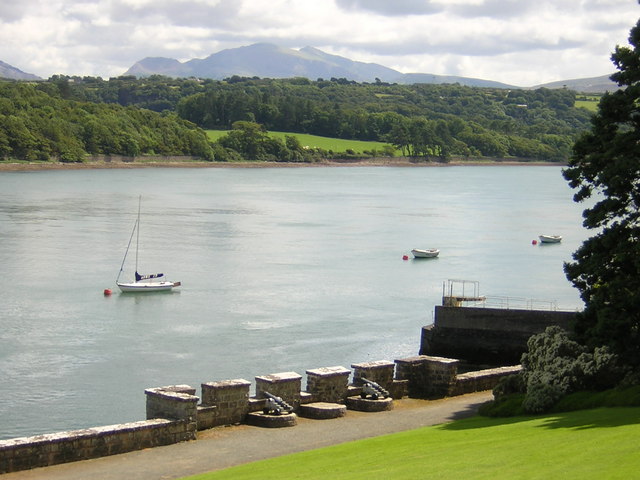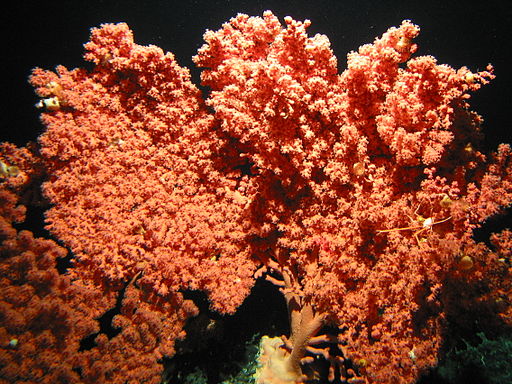Andrew Davies is a marine biologist at the University of Rhode Island in the USA. He works on reefs, using a mixture of natural history observation, experimentation and novel technologies to untangle the ecology of these enigmatic habitats.
This website contains many of Andy’s outputs and contains more information on projects, papers and various other items that you may find interesting. The video to the left shows some interesting elements of research, and if you wish to see a subtitled version, please watch it on youtube.
You can request PDFs of papers via email, and they will usually be with you shortly. But check your spam boxes if you don’t get it as sometimes it ends up in there. If you’re interested check out below for various links to online profiles.
My research group is called marecotec, short for marine ecology technology, you can check out our website here.
Most recent news and papers
Future-proofing marine protected area networks for cold water coral reefs
Paper in ICES Journal of Marine Science. In this paper, we argue that unmanaged pressures such as ocean acidification and global warming should be incorporated into marine management decisions, with a focus on the protection of cold-water coral reefs to ensure long-term…
Cold-water coral growth under extreme environmental conditions, the Cape Lookout area, NW Atlantic
Paper in Biogeosciences. The Cape Lookout cold-water coral area off the coast of North Carolina forms the shallowest and northernmost cold-water coral mound area on the Blake Plateau in the NW Atlantic, we conclude that cold-water corals near Cape Lookout live under ext…
Predicted Deep-Sea Coral Habitat Suitability for the U.S. West Coast
Guinotte JM, Davies AJ Regional scale habitat suitability models provide finer scale resolution and more focused predictions of where organisms may occur. Previous modelling approaches have focused primarily on local and/or global scales, while regional scale models…
Identifying knowledge gaps hampering application of intertidal habitats in coastal protection
Bouma TJ, van Belzen J, Balke T, Zhu Z, Airoldi L, Blight AJ, Davies AJ, Galvan C, Hawkins SJ, Hoggart SPG, Lara JL, Losada IJ, Maza M, Ondiviela B, Skov MW, Strain EM, Thompson RC, Yang S, Zanuttigh B, Zhang L, Herman PMJ Over the last decades, population densities…
Springs–neaps cycles in daily total seabed light: Daylength-induced changes
Roberts EM, Bowers DG, Davies AJ In shallow, tidal seas, daily total seabed light is determined largely by the interaction of the solar elevation cycle, the tidal cycle inwater depth, and any temporal variability in turbidity. Since tidal range, times of lowwater, and…
Fish in cold-water coral habitats
Cold-water corals (CWC) can form complex three-dimensional structures that can support a diverse macro- and megafaunal community. These reef structures provide important biogenic habitats that can act as refuge, feeding, spawning and nursery areas for fish. However, qua…

